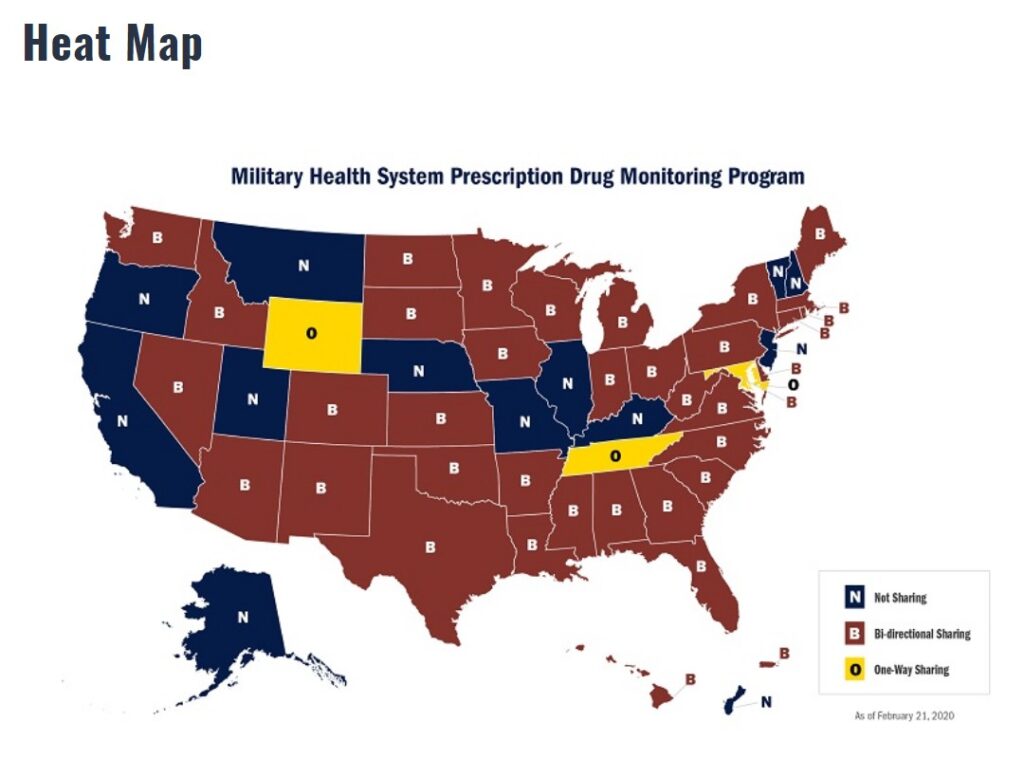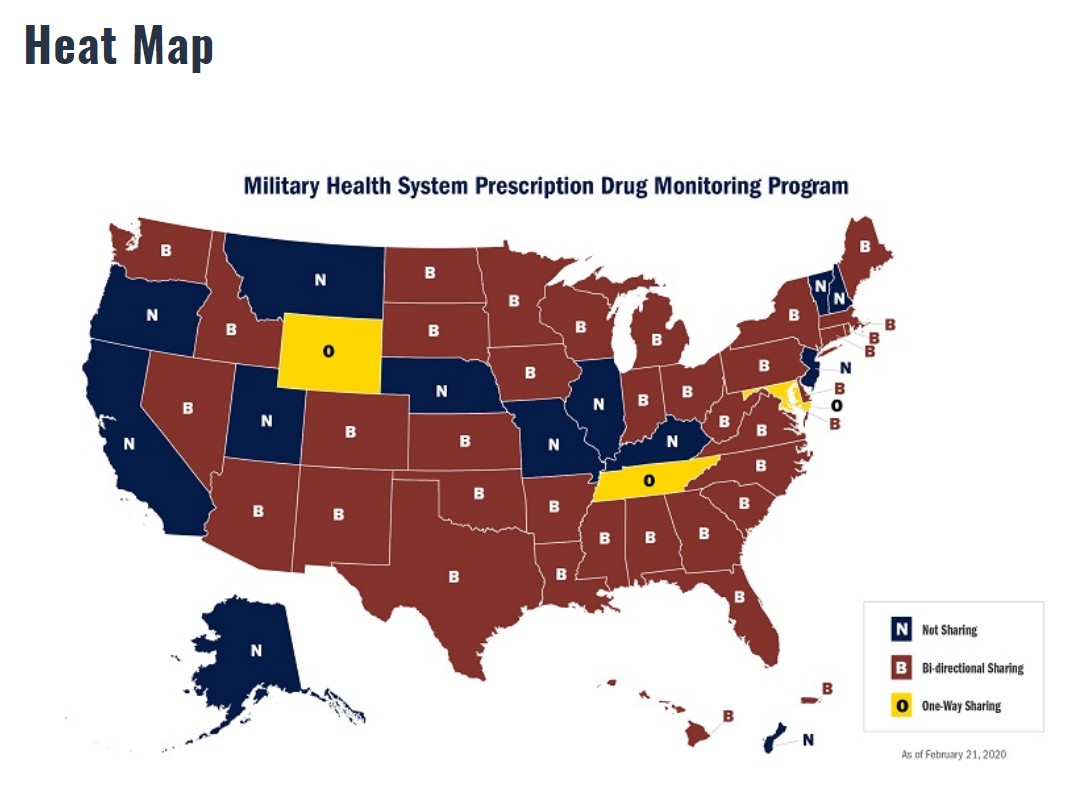
Understanding PDMP in New York: Protecting Communities and Combating Opioid Misuse
The Prescription Drug Monitoring Program (PDMP) in New York, also known as I-STOP (Internet System for Tracking Over-Prescribing), is a critical tool in the state’s fight against opioid misuse and diversion. This comprehensive system collects and monitors prescription data for controlled substances, providing healthcare practitioners with crucial information to make informed decisions about patient care. Understanding how the PDMP in New York works, its benefits, and its limitations is essential for healthcare providers, policymakers, and the general public. This article provides a comprehensive overview of the PDMP in New York, exploring its impact on the opioid crisis and its role in promoting responsible prescribing practices.
What is the PDMP in New York?
The PDMP in New York is a statewide electronic database that collects prescription information for Schedule II, III, IV, and V controlled substances. Pharmacists are required to report this data to the system within 24 hours of dispensing a prescription. This data includes the patient’s name, date of birth, prescriber’s name, drug name, dosage, quantity, and date dispensed. The PDMP in New York is administered by the New York State Department of Health.
The primary goal of the PDMP in New York is to reduce prescription drug abuse and diversion by providing prescribers and pharmacists with a complete picture of a patient’s controlled substance prescription history. This information can help healthcare providers identify patients who may be at risk of addiction, prevent doctor shopping, and ensure that patients receive appropriate and safe pain management.
How Does the PDMP in New York Work?
The PDMP in New York operates through a secure online portal. Before prescribing or dispensing a controlled substance, healthcare providers are required to consult the PDMP in New York to review the patient’s prescription history. This review allows providers to identify potential red flags, such as multiple prescriptions from different prescribers or unusually high dosages.
The system also provides alerts and notifications to prescribers if a patient’s prescription history indicates potential misuse or diversion. These alerts can prompt further evaluation and intervention to address the patient’s needs. Furthermore, the PDMP in New York data is used to generate reports and analyses that help identify trends in prescription drug use and inform public health initiatives aimed at combating the opioid crisis.
Benefits of the PDMP in New York
The PDMP in New York offers numerous benefits in the fight against opioid misuse and diversion:
- Reduces Doctor Shopping: By providing a comprehensive view of a patient’s prescription history, the PDMP in New York helps prevent patients from obtaining multiple prescriptions from different doctors.
- Identifies At-Risk Patients: The system allows healthcare providers to identify patients who may be at risk of addiction and provide them with appropriate treatment and support.
- Promotes Responsible Prescribing: The PDMP in New York encourages prescribers to carefully consider the risks and benefits of prescribing controlled substances and to use alternative pain management strategies when appropriate.
- Reduces Opioid Overdoses: By preventing misuse and diversion, the PDMP in New York contributes to a reduction in opioid overdoses and related deaths.
- Informs Public Health Initiatives: Data from the PDMP in New York is used to inform public health initiatives aimed at combating the opioid crisis, such as targeted prevention and treatment programs.
Limitations of the PDMP in New York
While the PDMP in New York is a valuable tool, it also has some limitations:
- Data Accuracy: The accuracy of the data in the PDMP in New York depends on the timely and accurate reporting of prescription information by pharmacies. Errors or delays in reporting can affect the reliability of the data.
- Interstate Data Sharing: The PDMP in New York primarily tracks prescriptions filled within the state. While efforts are underway to improve interstate data sharing, it may not always provide a complete picture of a patient’s prescription history if they have obtained prescriptions in other states.
- Privacy Concerns: The collection and storage of sensitive patient information raise privacy concerns. It is essential to ensure that the PDMP in New York is operated in a secure and confidential manner, with appropriate safeguards to protect patient privacy.
- Implementation Challenges: Some healthcare providers may face challenges in implementing the PDMP in New York into their workflow, such as lack of training or technical difficulties.
The Impact of the PDMP in New York on the Opioid Crisis
The PDMP in New York has played a significant role in the state’s efforts to combat the opioid crisis. Studies have shown that the implementation of the PDMP in New York has been associated with a reduction in opioid prescriptions, doctor shopping, and opioid-related deaths. By providing healthcare providers with the information they need to make informed decisions, the PDMP in New York has helped to reduce the misuse and diversion of prescription opioids.
However, the opioid crisis is a complex issue with multiple contributing factors, and the PDMP in New York is just one piece of the puzzle. Other strategies, such as expanding access to addiction treatment, increasing awareness of the risks of opioid use, and promoting the use of alternative pain management therapies, are also essential to address the crisis effectively.
Future Directions for the PDMP in New York
The PDMP in New York continues to evolve to meet the changing needs of the healthcare system and the ongoing challenges of the opioid crisis. Future directions for the PDMP in New York may include:
- Enhanced Data Analytics: Improving the system’s ability to analyze data and identify patterns of misuse and diversion.
- Integration with Electronic Health Records: Integrating the PDMP in New York with electronic health records to streamline the process of accessing and reviewing patient prescription histories.
- Improved Interstate Data Sharing: Expanding data sharing agreements with other states to provide a more complete picture of a patient’s prescription history.
- Education and Training: Providing ongoing education and training to healthcare providers on the proper use of the PDMP in New York and the latest best practices for prescribing controlled substances.
- Real-time Data Updates: Moving towards real-time data updates to ensure that healthcare providers have the most current information available when making prescribing decisions.
Conclusion
The PDMP in New York is a critical tool in the state’s fight against opioid misuse and diversion. By providing healthcare providers with access to patient prescription histories, the PDMP in New York helps to reduce doctor shopping, identify at-risk patients, and promote responsible prescribing practices. While the PDMP in New York has limitations, it has played a significant role in reducing opioid prescriptions and related deaths. As the opioid crisis continues to evolve, the PDMP in New York will need to adapt and improve to meet the changing needs of the healthcare system and the communities it serves. Continued efforts to enhance data analytics, integrate with electronic health records, improve interstate data sharing, and provide ongoing education and training to healthcare providers will be essential to maximize the effectiveness of the PDMP in New York in combating the opioid crisis.
[See also: Opioid Addiction Treatment Options in New York]
[See also: New York State Department of Health Resources]

